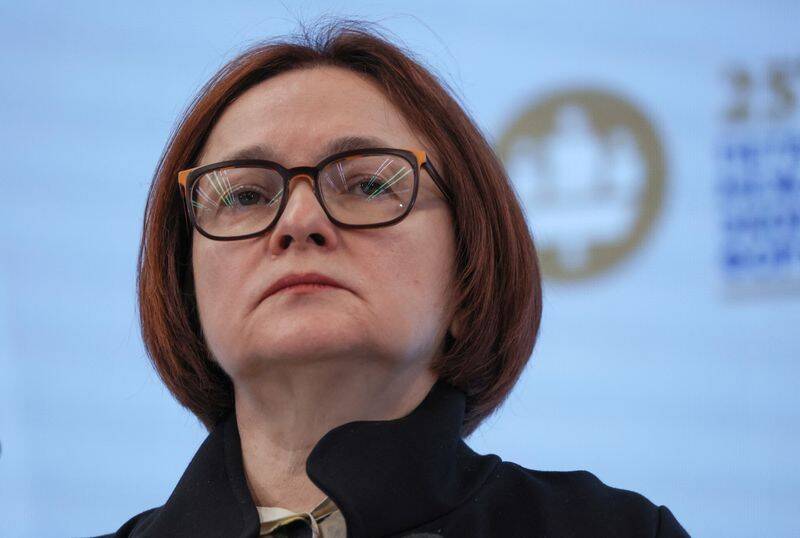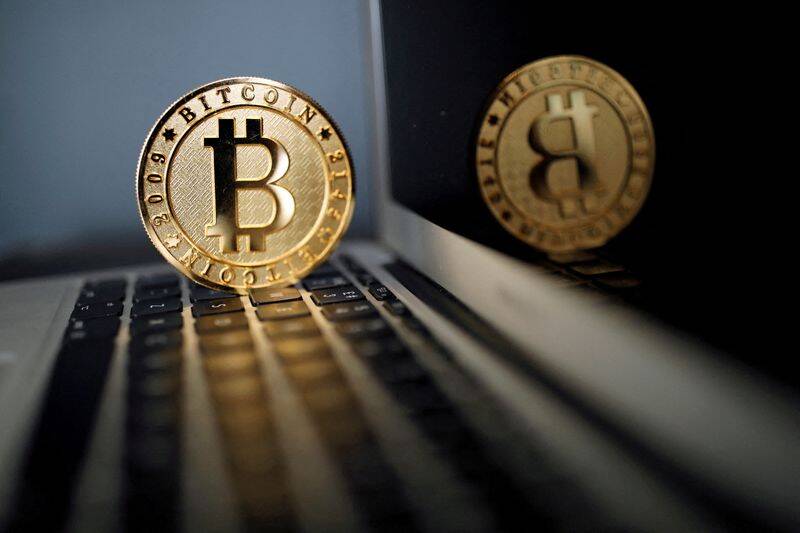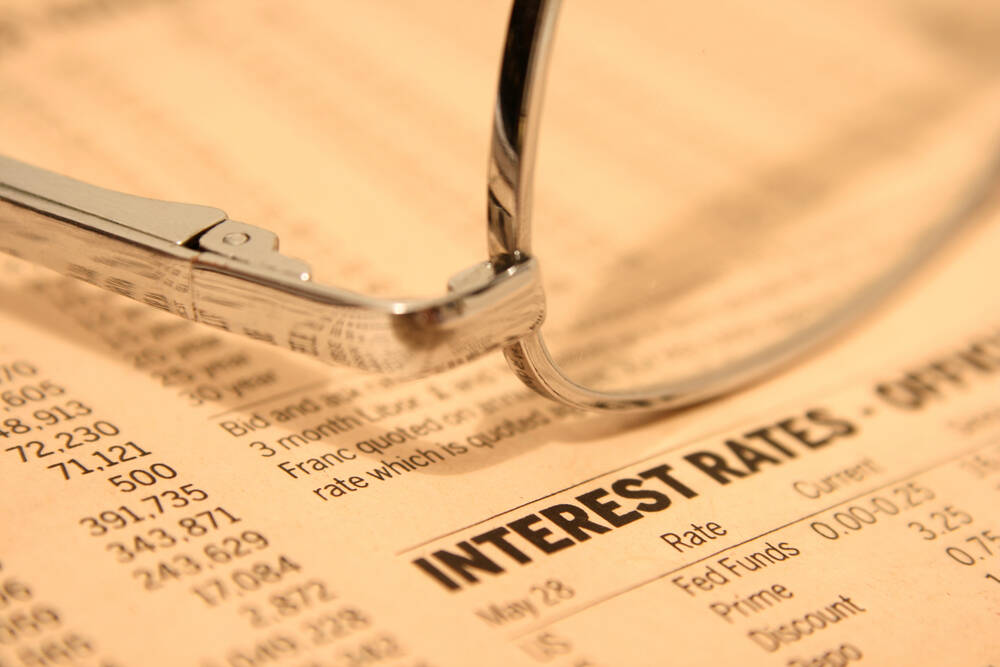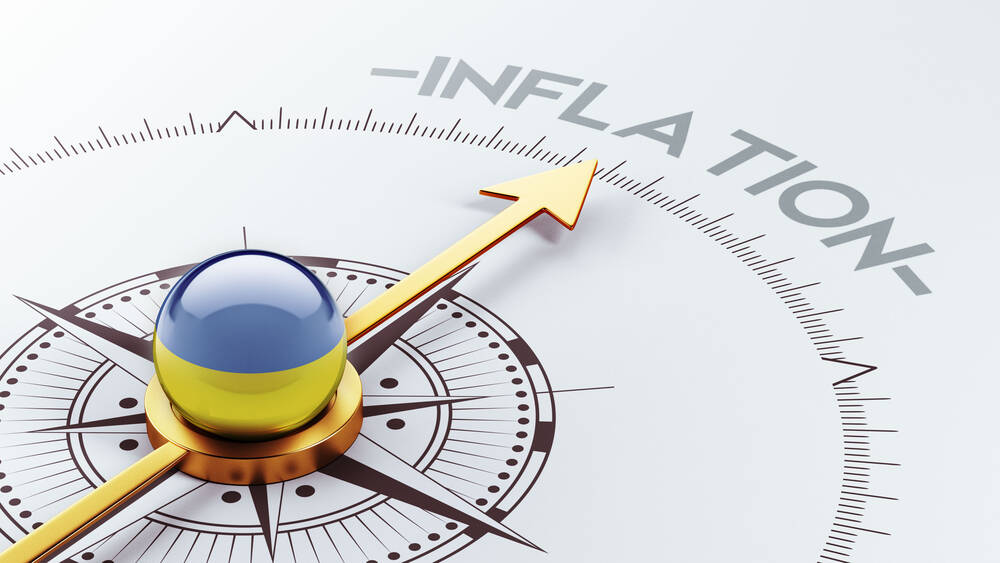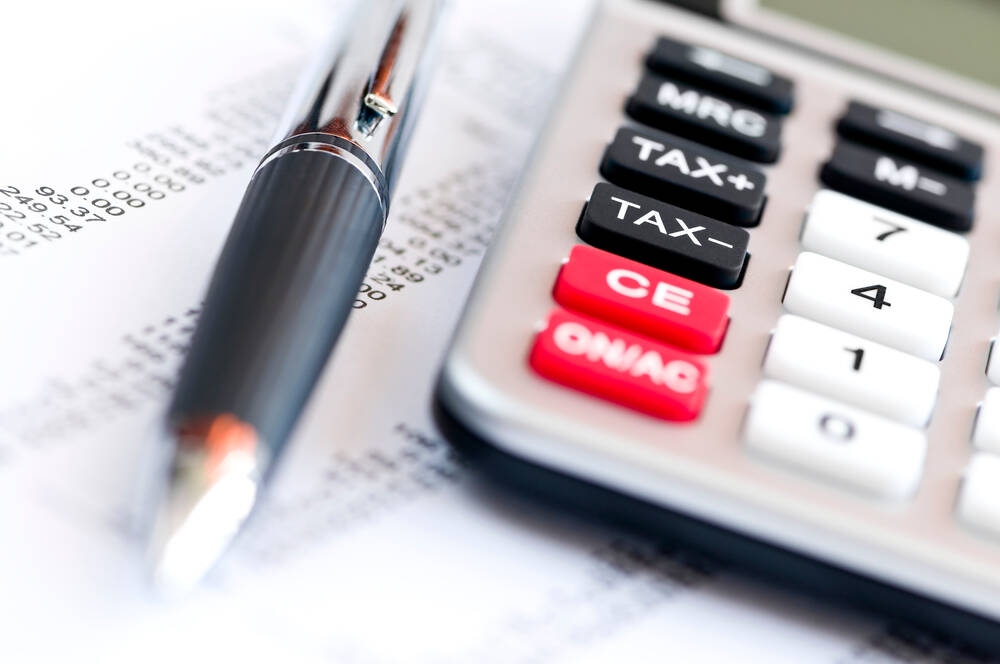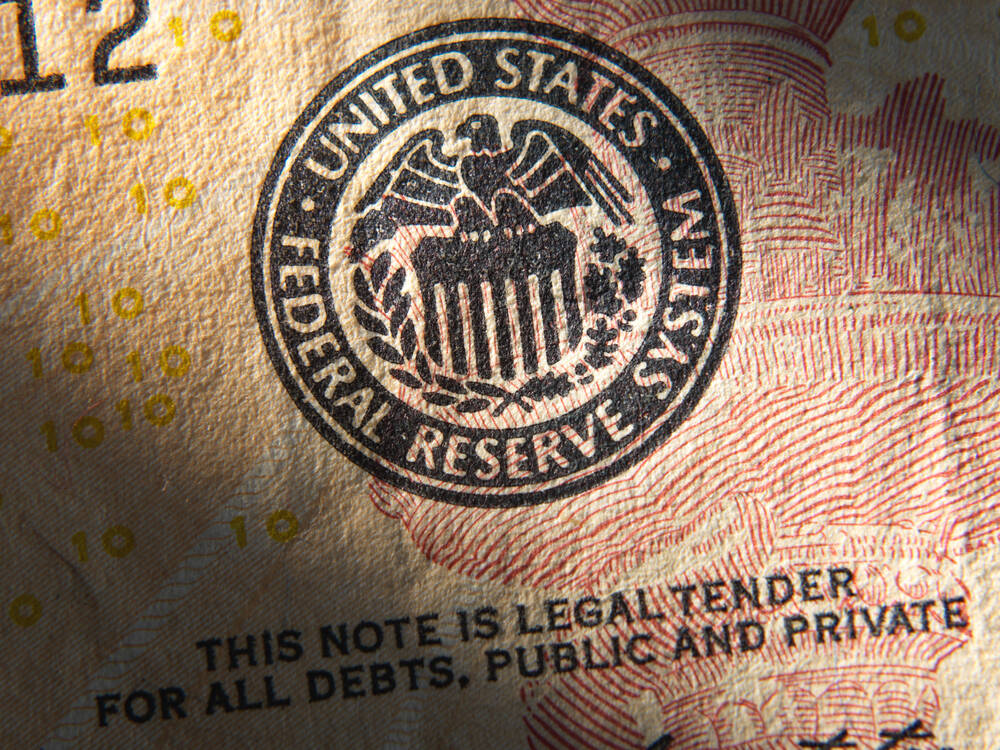Advertisement
Advertisement
Search Indicator:
Choose Country 
Australia Inflation Rate
Last Release
Dec 31, 2024
Actual
2.4
Units In
%
Previous
2.8
Frequency
Quarterly
Next Release
Apr 30, 2025
Time to Release
2 Months 28 Days 1 Hours
Highest | Lowest | Average | Date Range | Source |
23.9 Dec 1951 | -1.3 Jun 1962 | 4.87 % | 1951-2024 | Australian Bureau of Statistics |
In Australia, the most important categories in the consumer price index are housing (22.3 percent of the total weight), food and non–alcoholic beverages (16.8 percent), recreation and culture (12.6 percent), transport (11.6 percent), furnishings, household equipment and services (9.1 percent), alcohol and tobacco (7.1 percent), health (5.3 percent) and insurance and financial services (5.1 percent). Clothing and footwear, education and communication account for remaining 10.2 percent of total weight.
Latest Updates
Australia's annual inflation rate fell to 2.4% in Q4 2024 from 2.8% in Q3, less than the market consensus of 2.5%. It was the lowest reading since Q1 2021, as goods inflation sharply eased (0.8% vs 1.4% in Q3), mainly due to steep declines in prices of electricity (-25.2% vs -15.8%) and fuel (-7.9% vs -6.2%) amid the ongoing impact of Energy Bill rebates, along with a slower rise in new dwellings cost. Meantime, services inflation hit a three-quarter low (4.3% vs 4.6%). Notably, prices eased for food (3.0% vs 3.3%), alcohol and tobacco (6.2% vs 6.7%), clothing (1.3% vs 1.7%), housing (1.0% vs 2.8%), health (4.0% vs 4.8%), and insurance, financial services (5.4% vs 6.2%). In contrast, costs accelerated for recreation (3.3% vs 2.1%), education (6.5% vs 6.4%), and household services (1.5% vs 0.7%). The RBA's Trimmed Mean CPI rose 3.2% yoy, the slowest gain in three years, below forecasts of 3.3% but still surpassed the central bank's 2-3% target.
Australia Inflation Rate History
Last 12 readings

